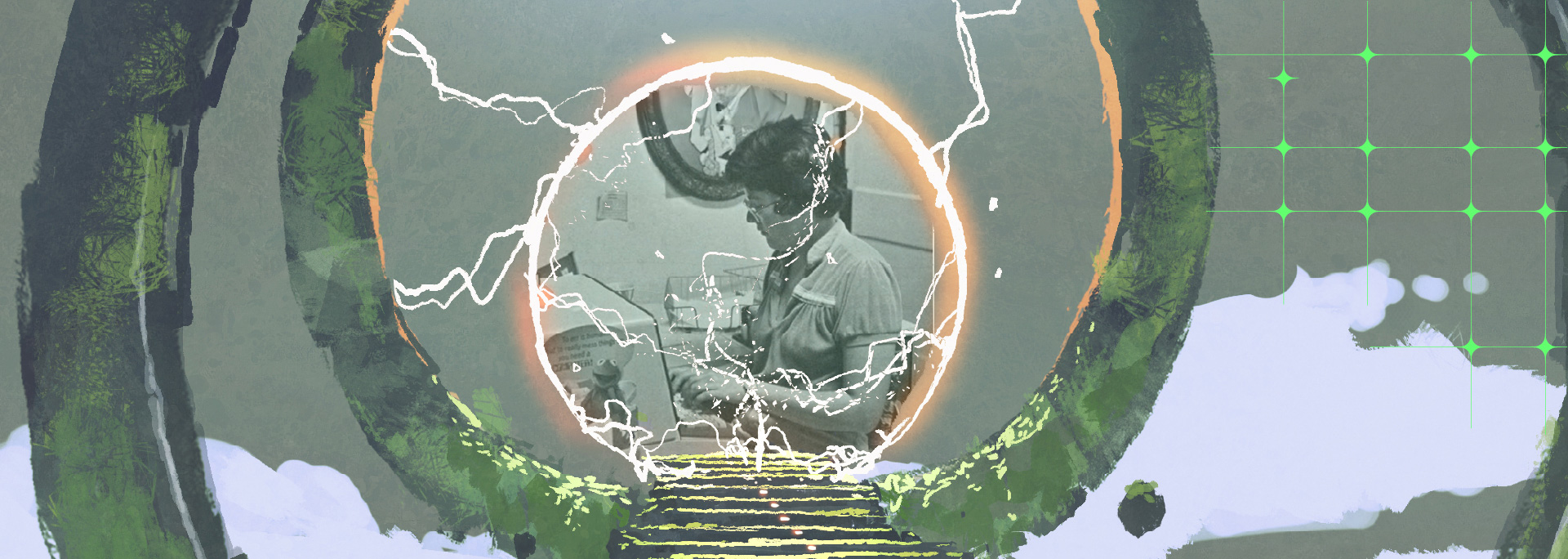Archives Rebirthed:
Renewing Old Worlds
Archives Rebirthed:
Renewing Old Worlds
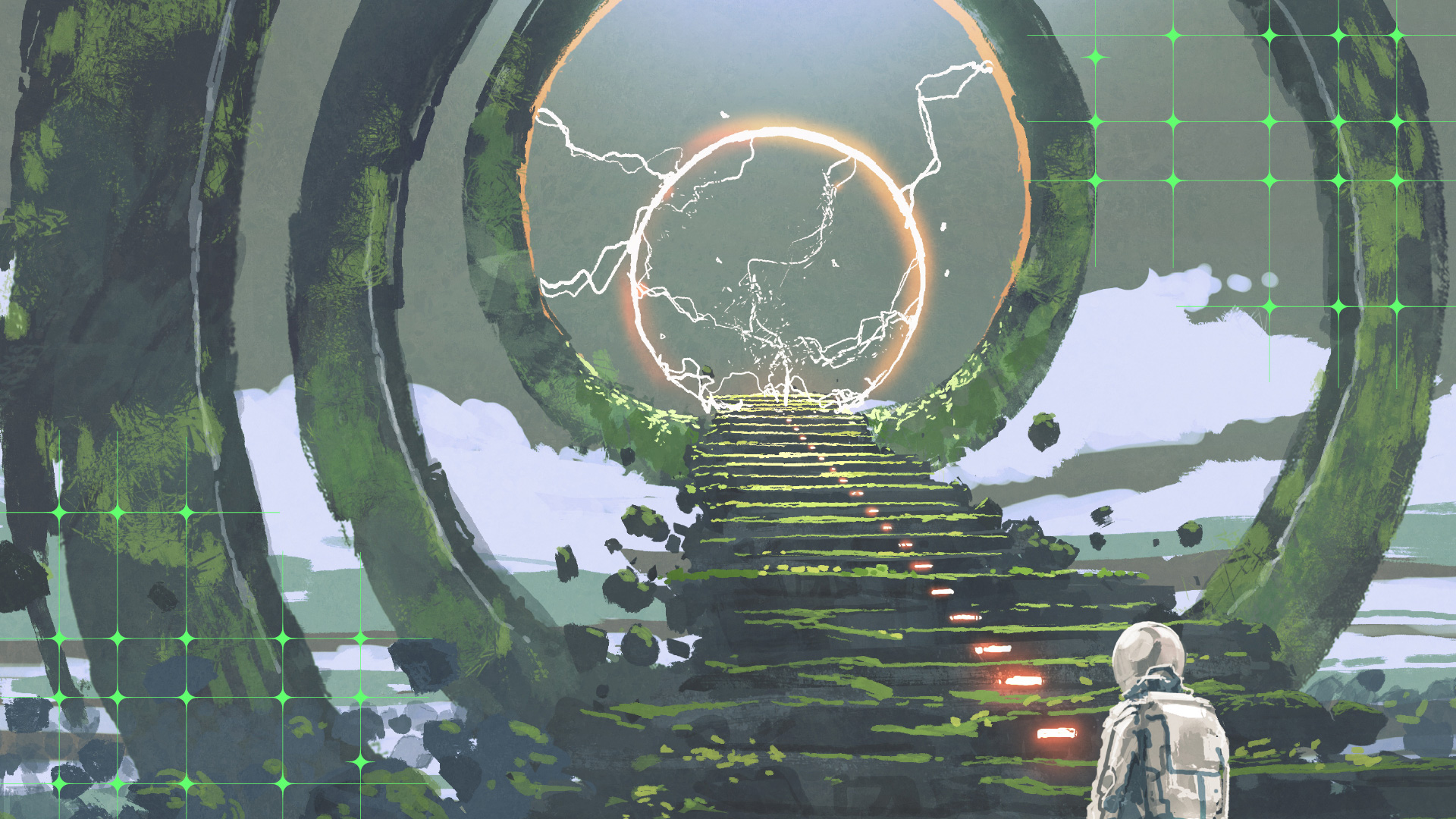
Jack Williamson arrived in eastern New Mexico by way of covered wagon in 1915. In his lifetime he watched mankind walk on the moon, bore witness to a Venus fly-by in NASA's Jet Propulsion Laboratory, and became one of the founders of science fiction.
Although it has been a generation since his death in 2006 at the age of 98, the technologies he first imagined continue to become reality, including in a place that was near and dear to his heart for decades: the campus of Eastern New Mexico University.
When I arrived at ENMU as a freshman in 1979, it had been only two years since my uncle Jack had retired from his "day job," 17 years of teaching in the English department.
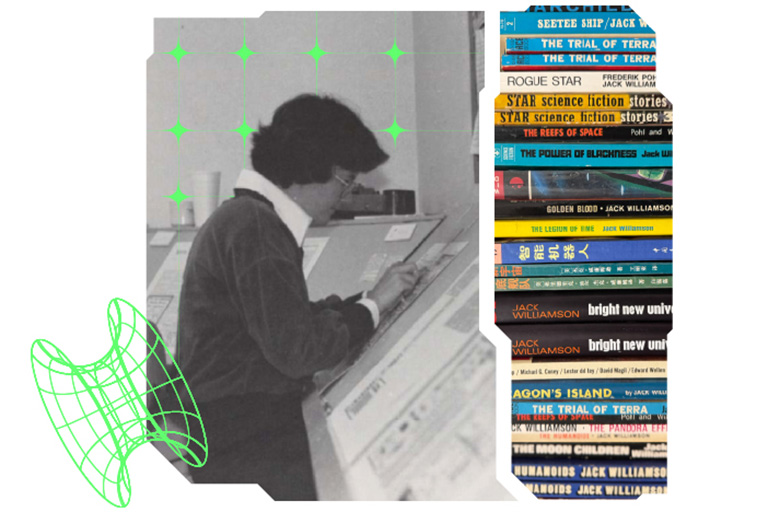
That retirement came almost half a century after he had his first science fiction story published, and a year after he was honored as one of the Grand Masters of the genre. In recognition of his dual careers in academia and science fiction, a lectureship was established in his name at ENMU in 1977.
Thanks to all of that — plus the fact that Portales is a small world of its own — when I began attending classes, I was "Jack Williamson's niece" to most of my professors.
At the age of 17, I had yet to appreciate his career, but I'm certain that being "Jack Williamson's niece" played no small part in landing me a freshman year job in that most arcane of spaces: the Special Collections room in ENMU's Golden Library.
Time travel with me back to 1979 ...
Mary Jo Walker was the Special Collections director, and we worked out of a room that was tucked away on the north side of the first floor of the library, in a space that was only a fraction of the size it is today on the upper floor of the Golden Student Success Center.
The library used card catalogs comprised of row upon row of cabinets with tiny wooden drawers that were packed with cards that made it possible for you to search by title, author, and subject. Even in our wildest imaginations, we couldn't have guessed that a few decades down the road most of us would be carrying smartphones that enable us to do that … and so much more.
The collection included the papers written by two of Jack's longtime friends and fellow writers — husband and wife Edmond Hamilton and Leigh Brackett — along with shelves full of boxes brimming with crumbled science fiction "pulps," the magazines that were the backbone of the genre through the mid-1950s. One semester, another student worker and I were assigned the tedious task of "cataloging" those boxes — a term I use loosely, as we were working with index cards and #2 pencils, making handwritten lists to tuck into envelopes pasted on the outside of each box.
Jack came up with the word “terraforming” in 1942 to describe the transformation of another planet to make it suitable for human use. In a sense, that is what Special Collections continues to do every day, transforming its materials to be accessible to all.
During another part of the semester, I was assigned to operate a keypunch machine, which I never fully understood, but it was the latest technology for data storage. Other positions in the archives were more suited to me. As a local history buff, I relished a different task: listening to oral history interviews that had been recorded on cassette tapes and transcribing them on a typewriter.
Even with his out-of-this-world imagination, I'm not sure Jack could have anticipated the scope of what Special Collections would become ... or that many of its contents would one day be available in a fraction of a second to any location in the world. Jack came up with the word "terraforming" in 1942 to describe the transformation of another planet to make it suitable for human use. In a sense, that is what Special Collections continues to do every day, transforming its materials to be accessible to all.
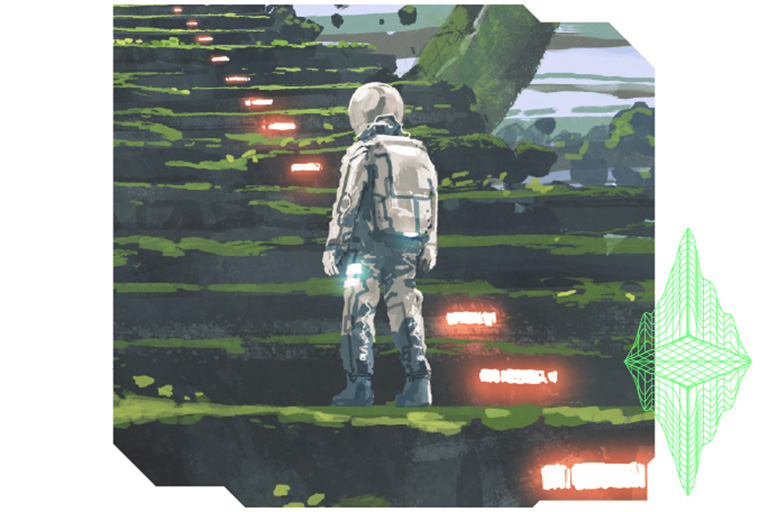
But, as pointed out by Lane Van Ham, the library technical assistant in Special Collections, "The perennial challenge in special collections is publicity."
To put it bluntly, Special Collections, which now occupies generous quarters spanning much of the east side of the second floor of the GSSC, may be one of Eastern's best-kept secrets. If you've never been, it is worth a visit.
Needless to say, I hold a tender spot in my heart for the section of Special Collections which was named the Jack Williamson Science Fiction Library in 1982. Besides Jack's own papers and his extensive personal library, donated after his death in 2006, the collection includes the papers of a number of his colleagues, many of whom were led to donate because of their connection to the "dean of science fiction."
Also in 2006, R. Duane and Kathryn Elms of Silver City gave an enormous and priceless gift: 15,000 volumes of science fiction books and magazines, one-of-a-kind items, first editions, signed editions, and thousands of collectible publications.
But science fiction isn't the only thing special about Special Collections. It's also home to a respectable southwest collection and serves as the repository for the University's archives, including decades of ENMU yearbooks, student newspapers, and other publications. Vertical files brim with historic photos from our region, and the archives storage area is packed with troves of records detailing the history of not only the school, but the surrounding community.
The number of oral history interviews that fascinated me back in 1979 has grown, and features well-known local and regional names like Bolly Boykin, Librado Casillas, Dolly Gordon, A.W. Hockenhull, Ray J. Lofton, Don McAlavy, Doug Stone, and Addie Swearingen, plus science fiction icons like Ray Bradbury, Edmond Hamilton, and Jerry Pournelle. They are all online and available to anyone in the world with an internet connection—like something out of a science fiction story.
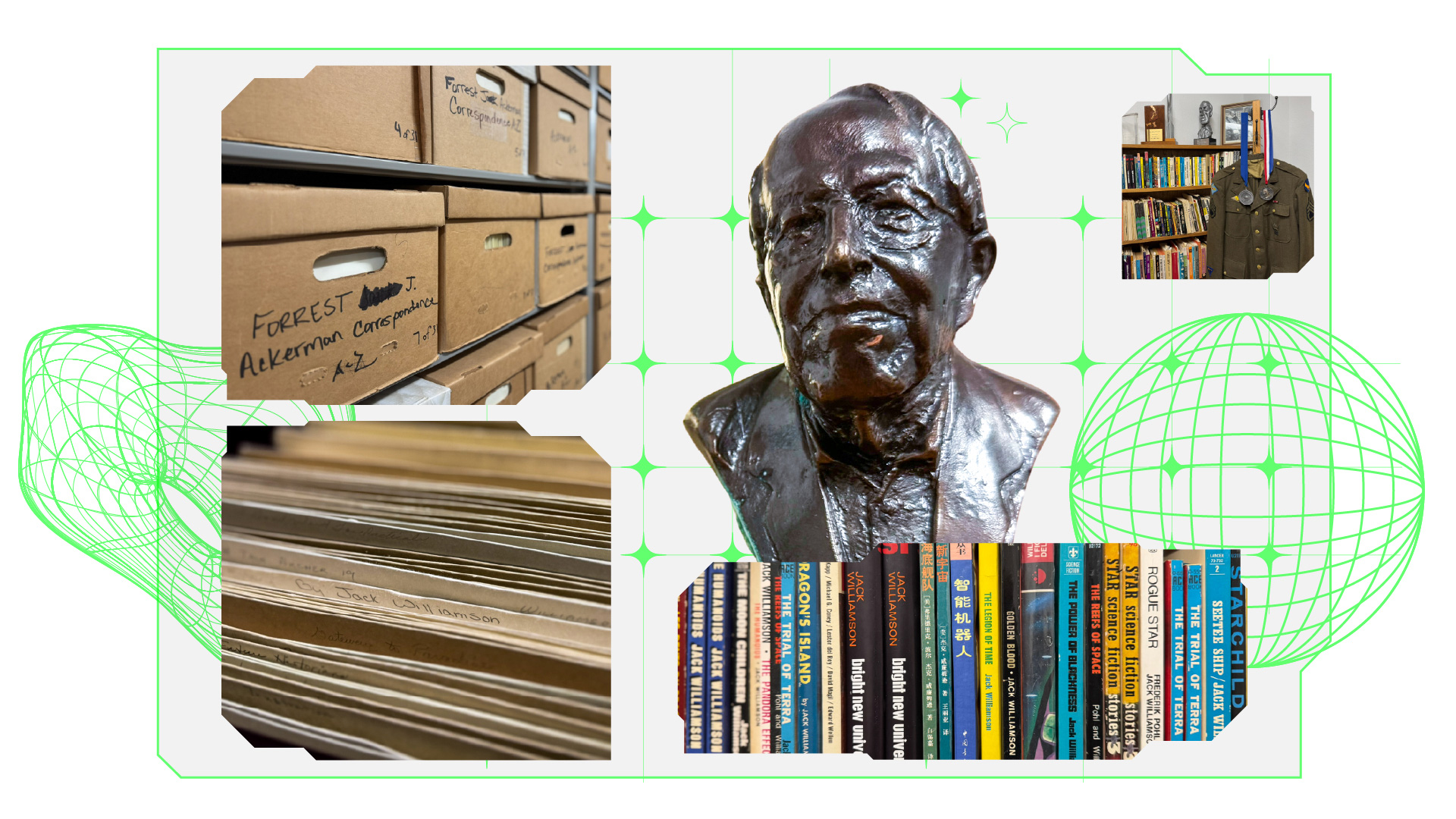
For those who prefer to read rather than listen, Regina Bouley Sweeten, Archives and Special Collections Director, has good news.
"We were recently able to take advantage of a grant through Echo Labs to provide transcription to several hours of our oral histories," she said. "We are in the process of getting those ready to upload to Biblioboard to provide greater access to those wanting to do research on 20th-century life on the High Plains."
Alumni who are interested in a virtual walk down memory lane may rejoice with me that copies of the Silver Pack, the Chase, and the Eastern Sun-Press have been digitized for universal access.
"While we recognize that many people may want to physically interact with the materials," Bouley Sweeten said, "we also want to bring these important artifacts of student voices to a wider audience. Many people are unable to travel to campus to use the materials."
“Making those connections is a great thing about working in this field. One of our hopes is that users will be our best publicity.”
Whether it's accessing a Silver Pack from 1945, listening to an oral history from a former Portales mayor, taking a peek at Leigh Brackett's screenplay for "The Empire Strikes Back," or looking for a photo of an early Roosevelt County sweet potato farm, Bouley Sweeten said, "I'd like people to know that there are new ways they can interact with the materials that they did not realize we have available."
Van Ham said it's not uncommon for someone to show up for a "multi-day research stint," and he and Bouley Sweeten relish opportunities to guide visitors to materials they may not even know exist, whether it is in person or by scanning materials to be electronically delivered thousands of miles away.

"Making those connections is a great thing about working in this field," Van Ham said. "One of our hopes is that users will be our best publicity."
If you are hoping to time travel within our digital archives, you can find our collections on the Hound History page.
For an up-close and in-person experience with our archives, Special Collections is open 8 a.m-5 p.m. Monday through Friday, and by appointment. Free tours may also be arranged in advance by filling out our online form.
Bouley Sweeten and Van Ham also welcome calls at 575.562.2679.
A recreation of my uncle Jack's office still occupies a corner of Special Collections, filled with materials he used as a teacher and writer. When he wrote his autobiography in 1984, Jack called himself "Wonder's Child," and it's fitting that his office remains in a collection that redefines wonder in fresh ways every passing day.
Meanwhile, I am still occasionally identified as "Jack Williamson's niece." I wouldn't trade that for this world ... or any other.
